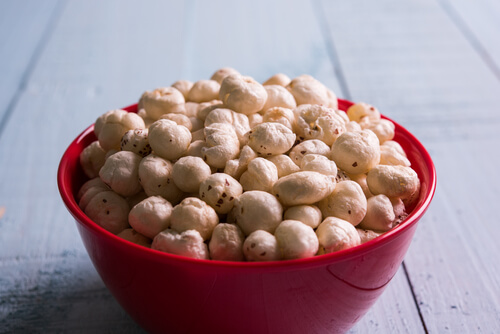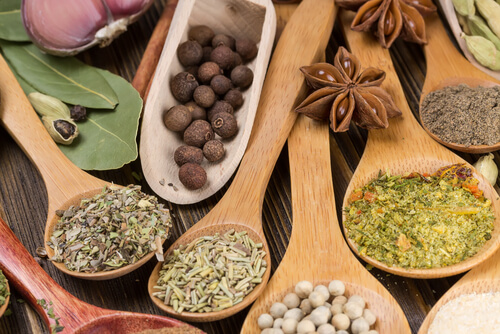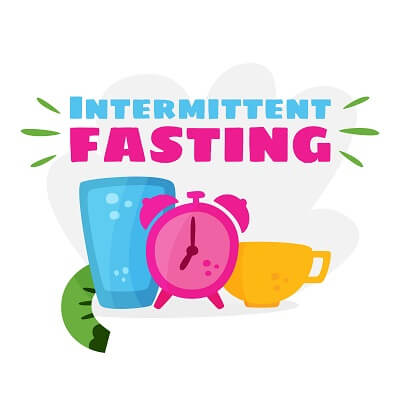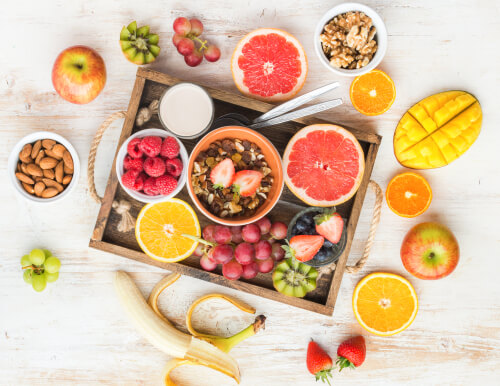Just about everyone has suffered from a headache at least a few times in their life; it is a pretty commonly occurring health condition. About 75% of people in the world will have at least one headache every year. But 30% of people will have migraines, which are a thousand times worse than headaches.
Migraines come with all kinds of additional problems and physical effects that are not common to headaches. Some common migraine symptoms include, nausea, light sensitivity, food cravings, depression, moodiness, irritability, etc. The pain and associated symptoms can last from just a few hours to several days, making migraines particularly fearsome.
Also Read:The Link Between Early Puberty and Migraines in Girls
The best way to deal with a migraine is to avoid triggering it altogether. There are a wide variety of migraine triggers:
- Stress
- Weather fluctuations
- Alcohol consumption
- Dehydration
- Medications
- Bad sleep habits
Food can trigger migraines as well. Moderating your food intake can go a long way in keeping your migraines in check, especially if you emphasize a strict avoidance policy. There are quite a few foods capable of inducing migraines:
- Eggs
- Tomatoes
- Dairy products
- Onions
- Citrus fruits
- Caffeine
- Wheat
- Food nitrites
- Food additives
- Aspartame
- Nuts
- Aged cheese
- Chocolate
The best way to figure out which foods exactly are triggering your migraines is to keep a food diary. Write down what you eat, and how you feel afterwards. Overtime, you should be able to isolate which foods are triggering your migraines.
The other best method is to only eat migraine safe foods for a two-week period. Take careful note of how you feel during this two-week period, then slowly introduce migraine triggering foods back into your diet. If all goes well, you should be able to figure out which foods are causing your migraines within a month.
Also Read:Foods to Relieve Migraine








